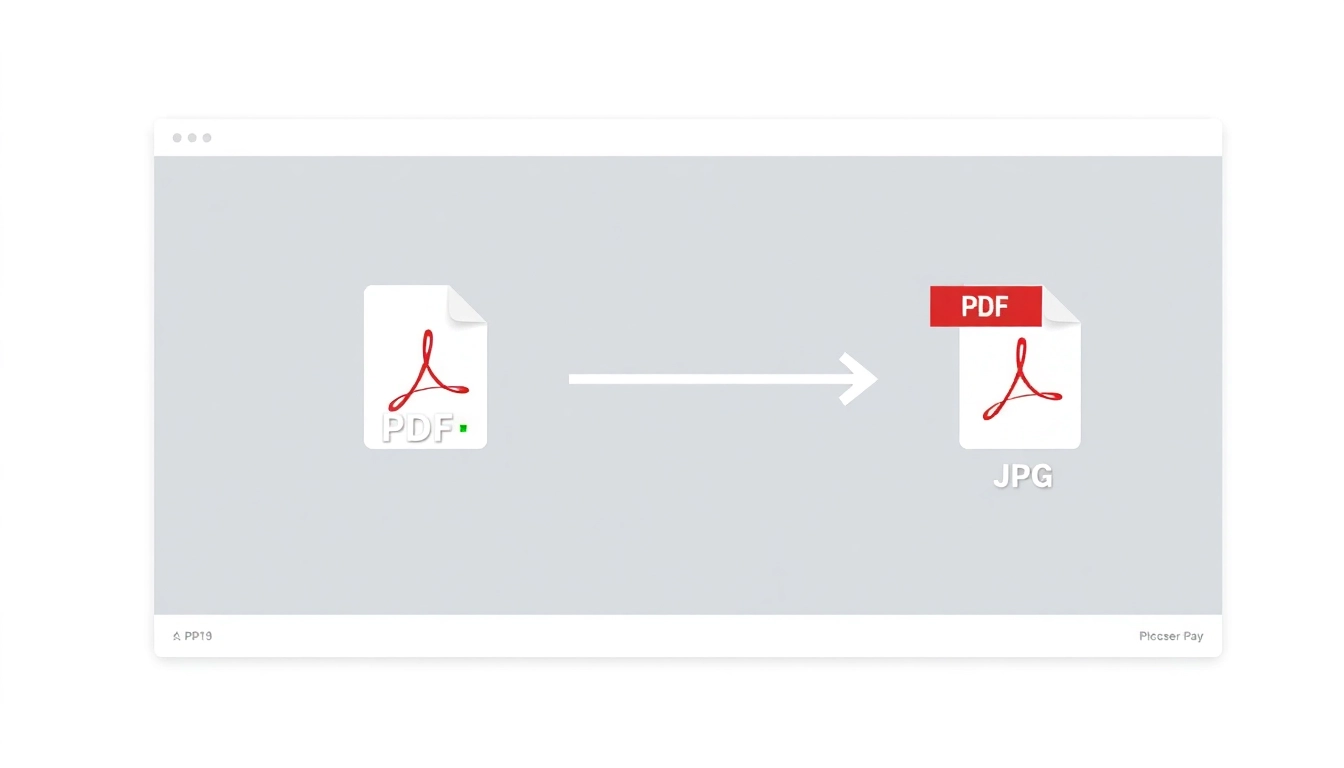Introduction to AI Design Tools for Businesses
In today’s fast-paced digital landscape, businesses are constantly seeking innovative ways to enhance productivity and creativity. AI design tools for businesses are revolutionizing the way companies engage in design processes, making them more efficient, intuitive, and accessible. With the rise of artificial intelligence, these tools empower organizations to leverage technology in creative ways, transforming traditional design workflows. By automating routine tasks and generating design options with minimal human input, such tools ensure that businesses can focus on what truly matters—creating innovative products and services. To explore the possibilities that AI design tools present, let’s dive into what they are, why they are essential for today’s businesses, and which tools stand out in the market.
What are AI Design Tools?
AI design tools are software applications that utilize artificial intelligence algorithms to assist in various aspects of the design process. These tools can create visual elements, generate layouts, and even suggest design improvements based on user input. By pairing traditional design principles with AI capabilities, businesses can harness the power of data and advanced computational methods, ultimately producing designs that are not only aesthetically pleasing but also aligned with user preferences.
Why Businesses Need AI in Design
Adopting AI in design processes offers numerous benefits. Here are a few compelling reasons:
- Market Competitiveness: In order to stay competitive, businesses must embrace technology that accelerates their design capabilities. AI design tools can streamline creativity, resulting in faster turnaround times and improved design quality.
- Data-Driven Insights: AI tools often analyze vast amounts of data to inform design decisions. This analytical approach helps businesses make informed design choices based on trends, user behavior, and preferences.
- Cost Efficiency: With AI optimizing design workflows, businesses can allocate resources more effectively and save valuable time and costs that would otherwise be spent on manual design processes.
Overview of Popular AI Design Tools
Several companies have developed AI design tools, each offering unique features. Some notable mentions in the industry include:
- Magic Design™ by Canva – A comprehensive design tool that automatically generates templates based on user content.
- Designs.ai – This platform allows users to create logos, videos, and social media posts, all utilizing AI to simplify the design process.
- Leonardo.Ai – Offers high-quality graphic design capabilities, helping businesses realize their unique visual aesthetics.
Benefits of Implementing AI Design Tools
Enhancing Creativity and Innovation
AI design tools can significantly enhance creativity by providing designers with a variety of design options that they may not have considered. From generating multiple layouts to offering design suggestions, these tools act as catalysts for inspiration. For example, tools like Canva’s Magic Design can suggest designs based on simple prompts, allowing businesses to explore varied styles and concepts without heavy investment in time or resources.
Saving Time and Reducing Costs
By automating routine design tasks, AI tools free up valuable time for designers. This increased efficiency not only improves productivity but also reduces costs associated with hiring additional design staff or outsourcing work. Businesses can accomplish more with fewer resources by adopting these technologies, ultimately leading to better profitability.
Improving Collaboration Across Teams
AI design tools often feature collaborative capabilities, allowing multiple team members to contribute to a project in real-time. This fosters a sense of teamwork and ensures that diverse ideas and skills are integrated into final designs. Tools that facilitate feedback through AI-driven insights can optimize the design collaboration process by pinpointing areas for improvement based on user data and preferences.
How to Choose the Right AI Design Tool
Identifying Business Needs and Goals
When considering AI design tools, first define your business needs and the goals you want to achieve. Are you looking for a tool that enhances branding or improves the user interface for your website? Understanding the specific requirements of your design project is crucial to selecting the right tool. Customize your criteria based on the type of design work required—graphic design, web design, or product design —to hone in on the best options.
Comparing Features of Leading Tools
With numerous AI design tools available, comparing their features is essential in determining the best fit. Evaluate factors such as ease of use, functionality, integration capabilities, customer support, and pricing. For example, consider tools like Designs.ai, which provides a full suite of design analytics alongside user-friendly interfaces, versus more niche tools that may focus on specific outputs but lack versatility.
Integration with Existing Systems
Your chosen design tool should integrate smoothly with your existing systems and workflows. Whether you use project management software or any specific design software, having seamless interoperability can greatly improve productivity. Check if the tool offers plugins or API support to facilitate integration, as this can save time and avoid workflow disruptions.
Case Studies of Successful AI Design Tool Usage
Small Business Success Stories
Small businesses have increasingly adopted AI design tools to enhance their branding efforts. A coffee shop, for example, utilized an AI tool to develop a visually appealing logo and social media graphics. By leveraging automated design features, the business witnessed a 30% increase in social media engagement and brand visibility within just a few months.
Large Enterprises Leveraging AI Design
Large corporations like Nike and Airbnb have capitalized on AI design tools to reimagine their design processes. Nike implemented AI-powered product design software that analyzes customer data to predict trends, leading to the creation of highly successful product lines with a custom-fit approach to design, minimizing waste and maximizing market appeal. This integration of AI not only refined their design ethos but significantly reduced time-to-market for new products.
Industry-Specific Use Cases
Certain industries can benefit uniquely from AI design tools. In e-commerce, for instance, retailers can use AI to create product images and advertisements dynamically, adjusting based on trends and seasonal demands. In the real estate sector, AI tools can assist agents by generating high-quality images of properties and virtual staging materials, thus enhancing listings and improving customer engagement.
Future Trends in AI Design Tools
Next-Gen AI Capabilities
The future of AI design tools is promising, with upcoming innovations expected to enhance creative abilities exponentially. Integrating capabilities such as natural language processing will allow users to interact with AI more intuitively, conveying design ideas simply through conversation. Furthermore, advancements in machine learning will enable tools to refine their outputs continually, adapting to individual user preferences over time.
Potential Challenges and Solutions
While the adoption of AI tools offers significant advantages, challenges such as data privacy and user trust must be addressed. Businesses should stay informed about regulations surrounding data usage in design tools and communicate transparently with users regarding how their data is utilized. Investing in training for employees to navigate these tools effectively can also mitigate issues that might arise from resistance to adopting new technology.
Preparing Your Business for AI Integration
To successfully integrate AI design tools into your organization, it’s vital to prepare your team and establish clear expectations. Start with pilot projects to evaluate how well these tools fit into existing workflows. Collect feedback and insights from team members to identify pain points and opportunities for optimization. Establishing a culture that embraces innovation will facilitate a smoother transition and capitalize on the full potential of these AI technologies.




